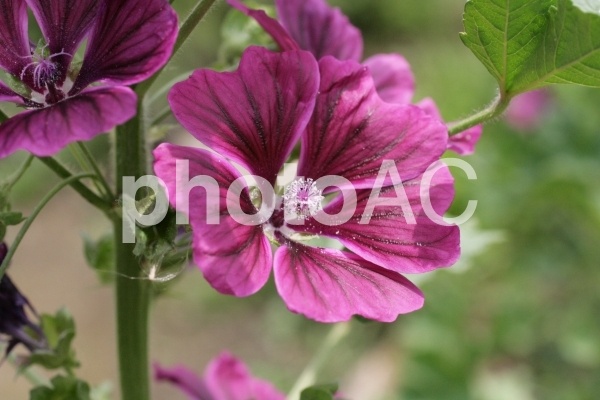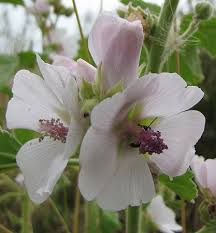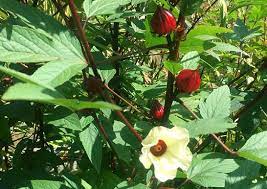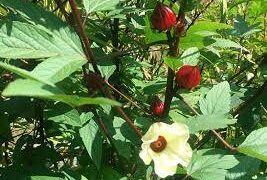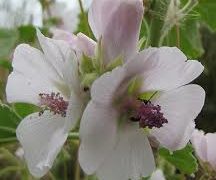目次
Characteristics.
A large herb that grows to 1 to 2 meters, it is a cold hardy herb. Its leaves are palmate, 6 to 8 centimeters long, and it is characterized by its pink flowers in early summer and summer. There are currently about 1,000 varieties in the world.
Main Actions and Constituents
Mucilage
As its name suggests, this ingredient is a viscous substance, which mainly protects mucous membranes, as well as reducing inflammation.
Scientific name
Malva sylvestiris
Malva
From the Classical Latin malache, meaning “to soften,” referring to the plant’s mucilage, which has a palliative effect.
sylvestiris
means “woodland” or “wild”.
Various Uses
Cooking
The young leaves can be eaten raw or used in salads, as a garnish for meat, and in many other ways.
The flowers can also be used as edible flowers.
Herb tea
Flower tea is bright blue in color and turns pink when acidic liquids such as lemon juice are added. This phenomenon has earned it the name “Tisane of Dawn.
Medicinal Uses
An infusion or decoction of the flowers can be used as a poultice and is effective for inflammatory conditions.
The roots have a mucilaginous quality that prevents various infections, and the powdered form can be used as an oral antiseptic.
History
In ancient Greece and Rome, it was used for food and medicinal purposes. In the Middle Ages, it was cultivated as an important plant due to its medicinal properties.
It is said to have come to Japan around the middle of the Edo period (1603-1867), and was described in the botanical illustrated book “Kusoki Zusetsu” (Illustrated Guide to Plants and Trees).
Summary
It produces bright red flowers, but turns blue when made into a tea, and its roots, which are rich in mucilage, can be used to prevent various infections.
Postscript
There are various varieties, such as “marshmallow,” which is the origin of the word “marshmallow,” and “muskmallow,” which has a musk scent, and I would like to describe them in the future.
Translated with www.DeepL.com/Translator (free version)
